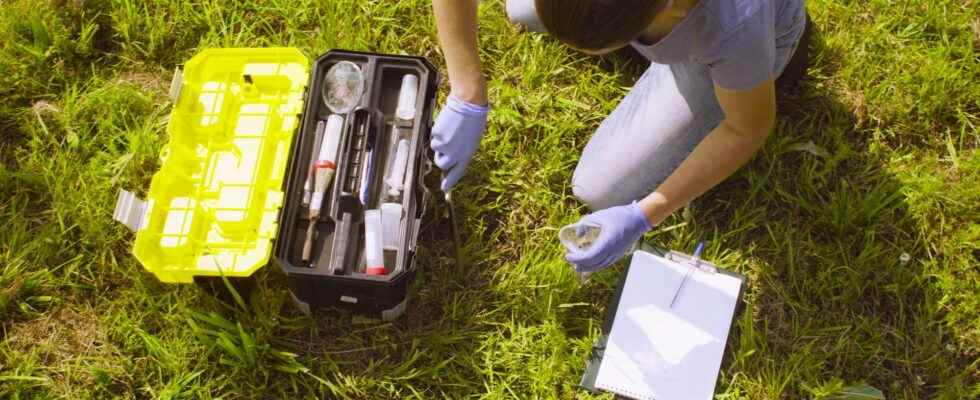Arsenic is naturally present in the soil in some places, but much of it comes from old industrial sites. However, prolonged exposure to arsenic presents health risks. Are you concerned and how can you protect yourself?
You will also be interested
[EN VIDÉO] Interview 3/5: where does soil pollution come from? Soil pollution is often due to old industries that have released pollutants on their land or to the agricultural use of fertilizers and pesticides. Philippe Hubert, director of chronic risks at Ineris, talks to us about solutions for treating polluted soil.
A fifth of the metropolitan territory (excluding Corsica) presents “ contents of contamination broadcast byarsenic greater than ordinary values “. This is the worrying observation made by the General Commission for Sustainable Development (CGDD) in a report published in December. For these places, the arsenic content in the soil amounts to more than 25 mg / kg of Earth fine, and in some areas, we even reach 412 mg / kg, shows the mapping established by the CGDD.
The highest levels are observed in the north-east of France and in the Massif Central, the latter having eight hot spots where the arsenic content is particularly high. Conversely, territories made up of sandy soils acids (Landes, Sologne, northern Vosges) show the lowest levels. ” These soils, made from geological materials with low natural arsenic content, also have a low capacity to fix arsenic on their organic or mineral particles. [adsorption] », Explains the study.
Poor management of industrial sites
If a large part of the contamination is explained by the nature of the rocks, the arsenic also comes from industrial pollution. ” The share of sites polluted by arsenic represents a little more than 10% of the 9,527 sites polluted or potentially polluted by a current or former activity. », Notes the CGDD. This pollution results fromaccidents (handling, transport), poor storage (waste, effluent) or containment practices (toxic products or dangerous). ” Initially localized, it can spread under the effect of dispersion by theair or by water percolating in the ground, infiltrate the basement and reach the groundwater », Warns the CGDD. The activities involved are varied: arsenic can come from derivatives minerals (arsenate of lead, of calcium, etc …) used as pesticides in the viticulture and in arboriculture until the 2000s, impurities in certain mineral fertilizers or old mines.
Arsenic: the health risks
This contamination is not trivial: ” Prolonged exposure to arsenic can cause cause cancer, skin lesions and would also be responsible for cardiovascular illnesses, of diabetes, and cognitive development disorders in children », Underlines the CGDD. Arsenic is most often ingested by contaminated drinking water and Food (especially fish, mollusks, shellfish, or rice). In France, the maximum admissible concentration of arsenic in water intended for human consumption is thus set at 10 µg / L.
Mercury pollution
In addition to arsenic pollution, the CGDD is also looking into the mercury, a metal heavy used in industry and found in some industrial effluents. ” Particularly volatile, the mercury issued during combustions (contaminated waste, fuels fossils) can contaminate soils and the environment through atmospheric fallout “, Warns the study. There are thus still “hot spots” in the Massif Central linked to old gold mining activities and the presence of volcanic rocks; in the North, linked to the metallurgical industry; and around Paris, corresponding to the contribution of spreading sludge from an old wastewater treatment plant in the 1970s and 1980s.
No need to panic though. Arsenic is not necessarily dangerous: only the so-called bioaccessible (which can be absorbed by the human body) presents a health risk. This bioaccessibility depends on the type of arsenic and the composition of the soil.
Interested in what you just read?
.
fs11
